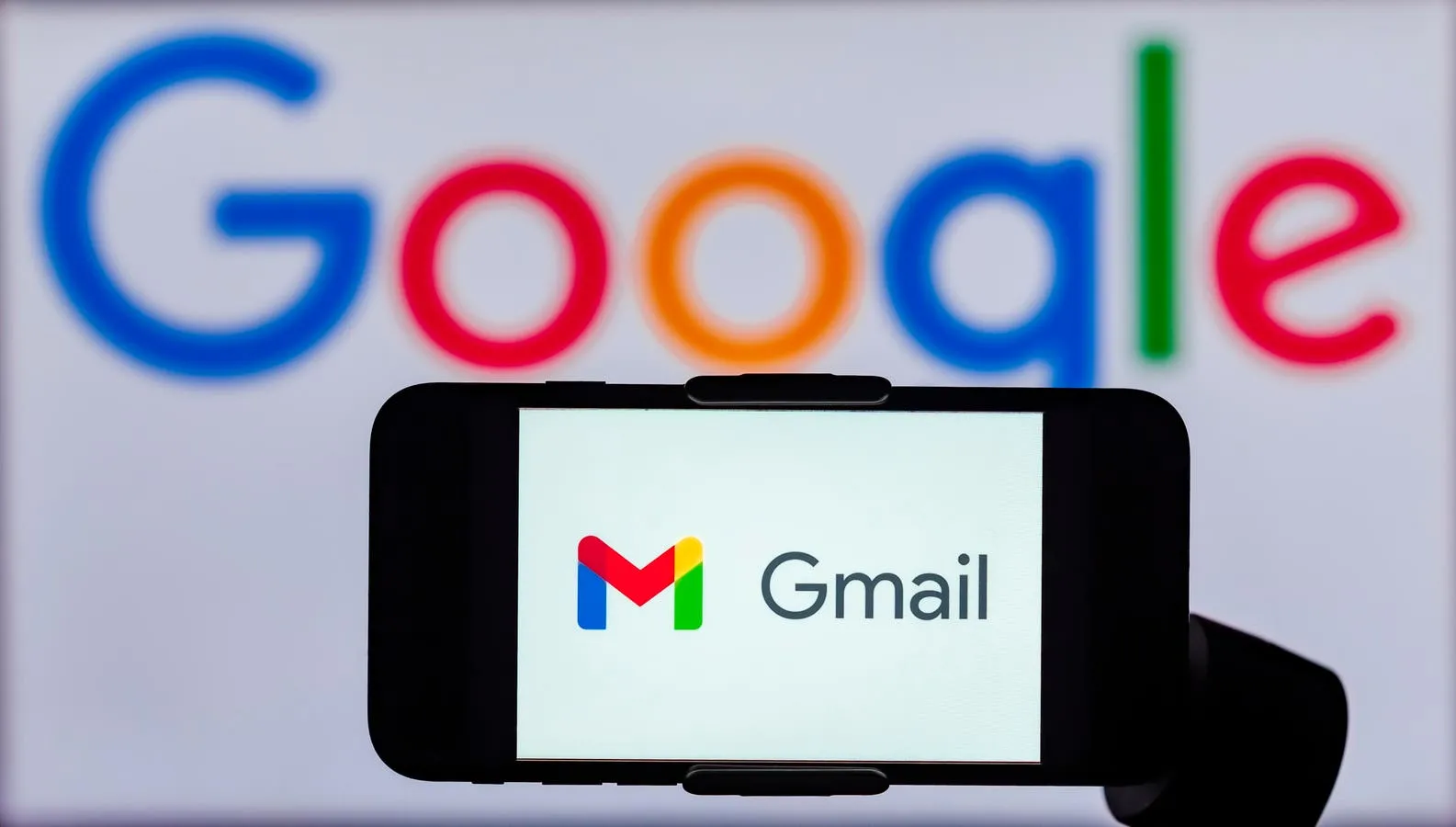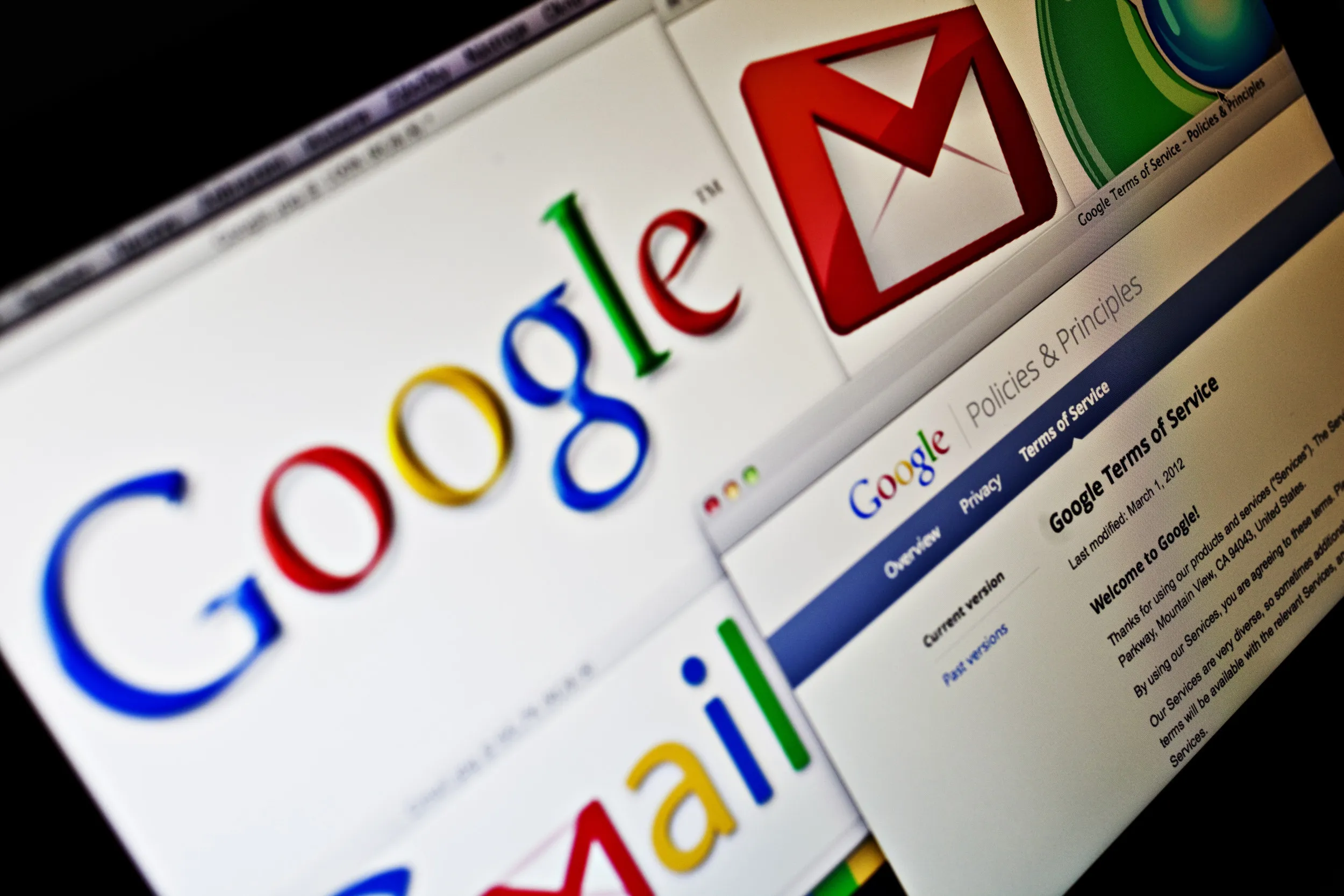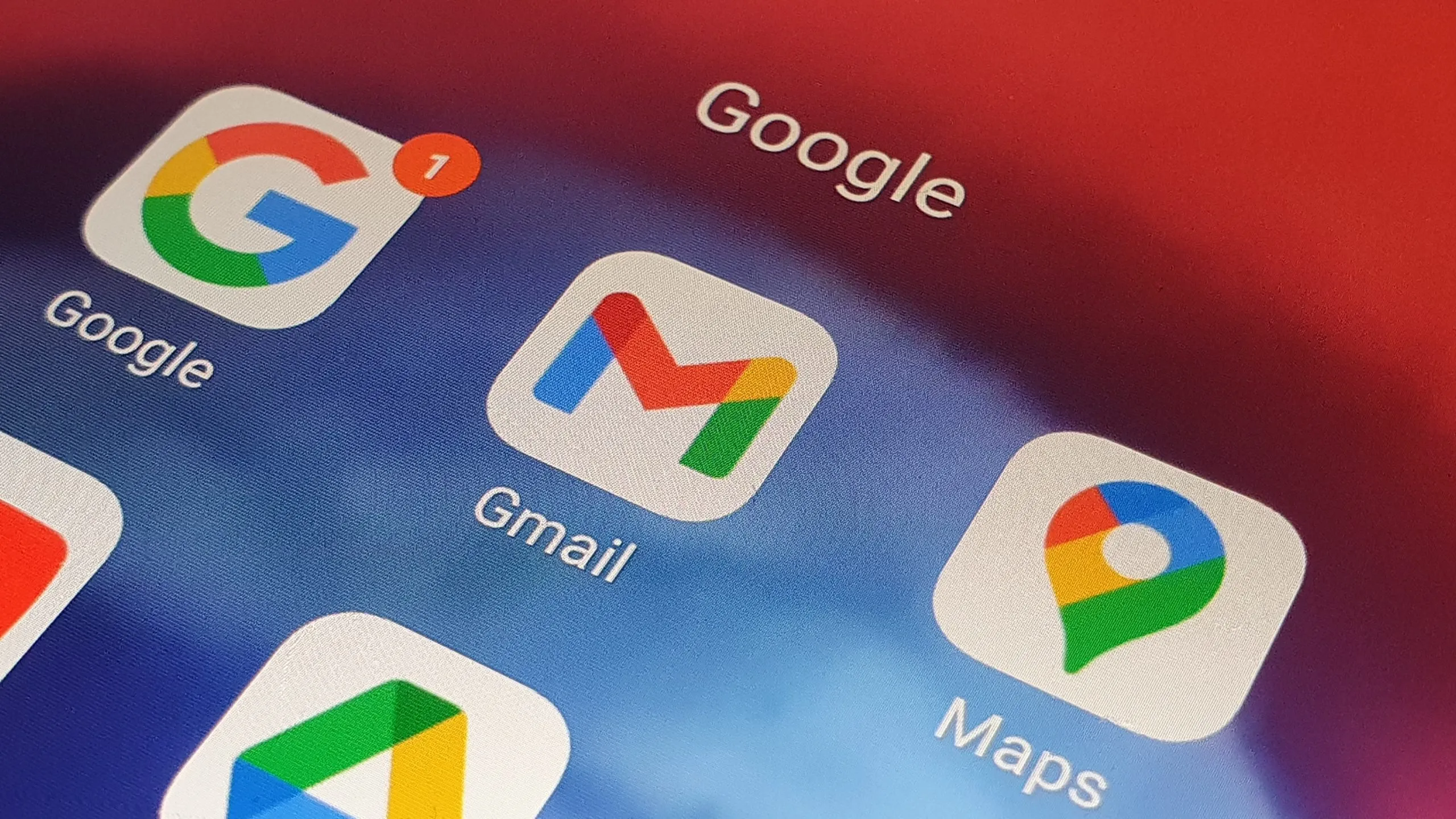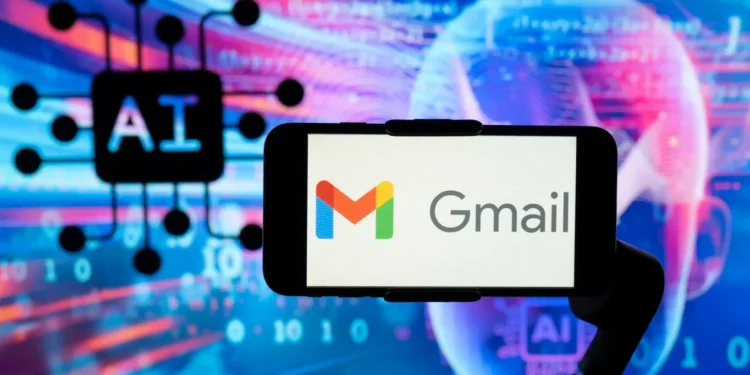In a world increasingly dominated by artificial intelligence, Google’s Gmail users are facing a significant decision, one that could shape how we interact with email in the future. With over 3 billion users worldwide, Google has rolled out a major update that has users contemplating a trade-off between enhanced security and the power of AI-driven personalization.

The Battle Between AI and Privacy
As Google, Microsoft, and other tech giants battle to keep inboxes safe, the rise of AI is posing new and potentially dangerous challenges. Symantec, Cofense, and Hoxhunt have all warned that AI-powered attacks are on the horizon, with malicious actors leveraging large language models (LLMs) to craft sophisticated phishing and malware campaigns. Hoxhunt specifically highlights the shift in attack tactics, noting that “AI agents can now out-phish elite human red teams, at scale.”
While Google claims it blocks over 99% of spam, phishing, and malware attempts, millions of harmful messages still make it through the cracks. AI’s growing role in cyber threats is undeniable, but it’s not just AI that’s complicating matters—it’s the way attackers are exploiting existing security protocols.
Precision-Validated Phishing: A New AI-Driven Threat
The newest twist in this cyber warfare is “precision-validated phishing,” a method that tailors phishing attempts based on real-time email validation. Cofense, a cybersecurity firm, has reported that attackers are now able to confirm whether an email address is legitimate before sending their malicious messages. This new technique means that traditional phishing defenses—those that rely on detecting fraudulent login attempts or suspicious behavior—are rendered ineffective.
According to Cofense, “The real-time validation process introduces multiple challenges for defenders.” Phishing attackers are now able to selectively target high-value individuals by confirming the legitimacy of their email addresses before launching their attacks. This strategy makes phishing attempts even harder to detect and prevent.
Gmail’s Recent Updates: A Double-Edged Sword
Gmail’s response to these evolving threats has been a mix of both innovation and limitation. Earlier this month, Google announced a highly anticipated update: the rollout of end-to-end encryption (E2EE) for Gmail. The feature is designed to secure email communications in a way that prevents Google—or anyone else—from accessing the content of emails.

However, this seemingly game-changing update isn’t without its limitations. Ars Technica, among other outlets, noted that this encryption isn’t truly end-to-end. The encryption keys used to secure messages still reside within Google’s infrastructure, meaning the company could, in theory, access encrypted emails. While this is a step forward in securing email for enterprise users who handle sensitive data, it falls short of offering the kind of privacy that many individual users expect.
AI-Based Relevancy Search: The AI Dilemma
The second major update Gmail users must decide on is the introduction of AI-powered relevancy search. Google claims that this new search feature will help users find emails faster by prioritizing results based on factors like recency, click frequency, and contacts. However, this update comes with a caveat: it lets AI access and analyze your email data to deliver smarter results.
The decision to use this feature isn’t just about convenience—it also raises privacy concerns. While Google assures users that privacy is a top priority, the reality is that AI’s involvement in email searching means the company is actively analyzing more of your personal data. Gmail’s response? “Our priority is respecting our users’ privacy while giving them choice and control over their data.”
But this approach raises a question for users: do you want enhanced AI features, or do you prioritize privacy and security? The two updates—end-to-end encryption and AI search—do not work in tandem. According to Google, encrypted emails will not be included in the AI search results because the company lacks the decryption keys. In other words, users are forced to choose between cutting-edge AI features or the highest level of security.
The Need for a Fundamental Rethink
Given the rise in AI-driven threats and the challenges posed by the email platform’s inherent vulnerabilities, experts argue that email itself needs a major redesign. Symantec and Cofense suggest that current security measures, like CAPTCHA-style verifications, are no longer enough to protect against increasingly sophisticated AI attacks.
In light of these developments, many cybersecurity experts believe that email needs a fundamental overhaul—one that incorporates AI-driven security from the ground up. As messaging platforms like WhatsApp and Signal continue to lead the way in offering private, secure communications, email remains an outdated system vulnerable to increasingly powerful AI threats.

As users face this critical choice, the decision to prioritize security or AI becomes a defining moment in the evolution of email. In the end, it’s clear that this isn’t just about Gmail—it’s about the future of email itself. Will users embrace the convenience of AI or opt for the security of encryption? The answer to that question will shape the way we communicate for years to come.
What’s at Stake for Gmail Users?
As Google pushes forward with these updates, users are left to decide: how much privacy are they willing to sacrifice for the convenience of AI-powered features? The rise of precision-validated phishing and other AI-driven attacks adds a layer of complexity to this decision. While Google’s efforts to enhance security with end-to-end encryption are commendable, they come with limitations that may not meet the needs of privacy-conscious consumers.










